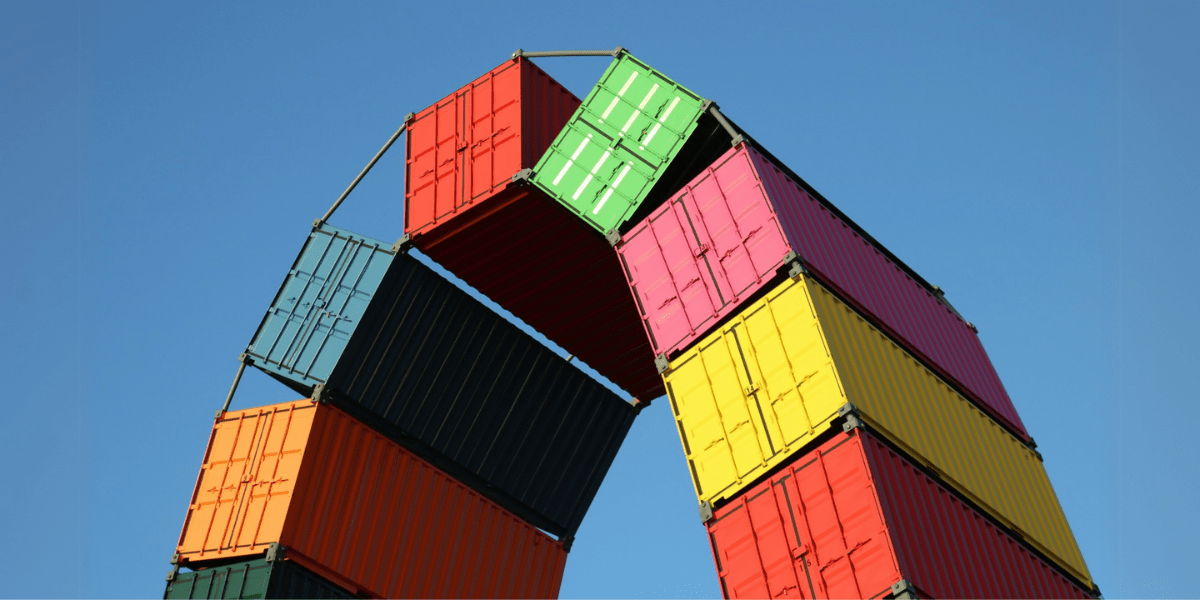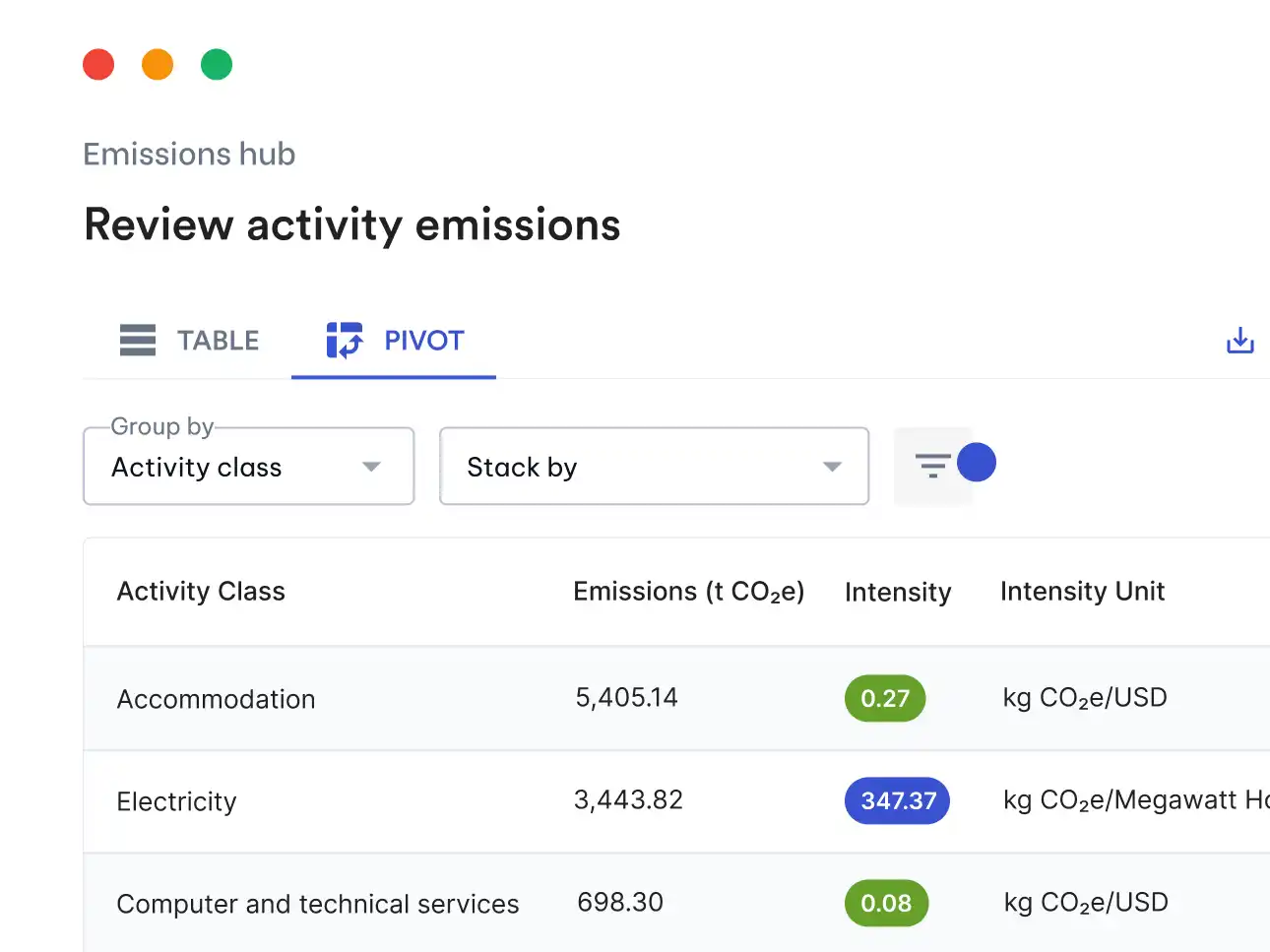Carbon accounting is the process through which an organisation measures its greenhouse gas (GHG) emissions across its own operations, as well as operations it has influence over, such as its supply chain, and ultimately its value chain.
Currently, carbon emissions are categorised into three major scopes:
- Scope 1 emissions refer to all direct emissions such as fuel combustion, company vehicles or fugitive emissions.
- Scope 2 emissions cover indirect emissions such as purchased electricity, heat and cooling consumed by an organisation.
- Scope 3 emissions include all other indirect emissions that occur within an organisation’s value chain, inclusive of their supply chain.
As the whole world moves towards drastic action to cut emissions and slow down climate change, carbon accounting is an essential practice for organisations of all sizes.
As enterprises continue to come under increased scrutiny over their contributions to global GHG emissions, they have already begun to also require the millions of small to medium sized enterprises that supply them to disclose their own GHG emissions – requiring the need for far more widespread carbon accounting over the next several years, well above current levels.
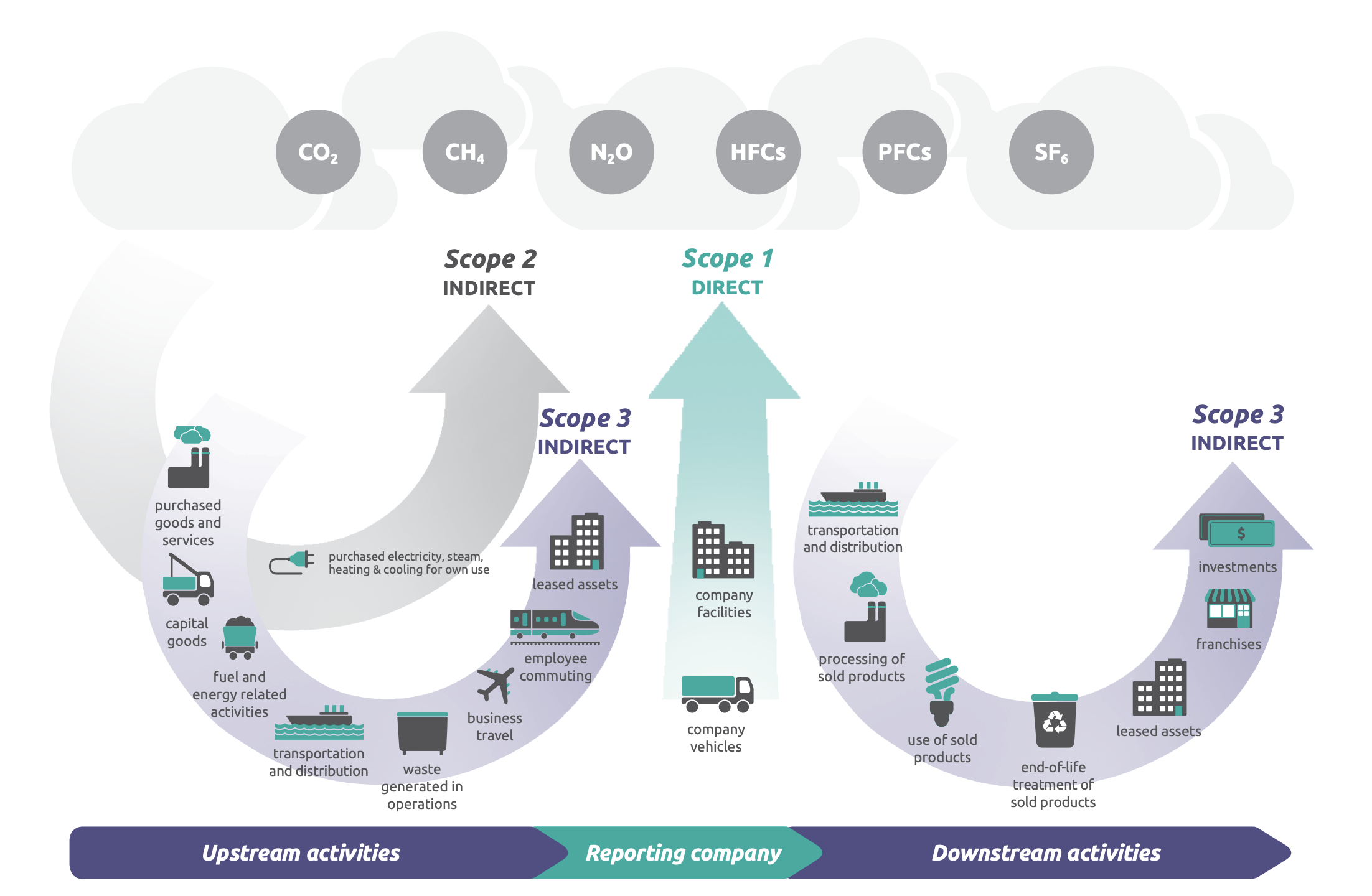
Current challenges with carbon accounting
Carbon accounting currently is an extremely tedious process requiring the collection of a huge amount of data that sits across various hotspots within an organisation in order to get an accurate GHG emissions calculation. Without collecting as much data as possible, it becomes difficult to identify the largest emissions reduction opportunities and strategies and plans for reduction, or even set a target in the first place.
However, the largest challenge by far lies in the accounting of emissions in the supply chain of the organisation, also known as Scope 3 emissions.
Getting an exact number for your supply chain emissions calculations is an enormous task, since it requires you to get the operational emissions of every organisation in your supply chain – and not just in your first tier, but all tiers beyond that. The majority of your supply chain likely not only has no emissions data to provide you, but wouldn’t even know how to calculate it in the first place – so getting an exact Scope 3 emissions number would either require everyone in your supply chain to learn carbon accounting, or require you to manually collect all operational data from your supply chain, and take on the administrative burden of calculating emissions for everyone. Neither option is viable.
Collection & analysis of carbon accounting data
The reality is that, for most businesses, over 80% of your emissions will lie in your supply chain, and 80% of those supply chain emissions will lie with 20% of your suppliers. This is good news, since it means that you don’t need to get an exact number for your Scope 3 for your entire supply chain in order to create a meaningful plan to reduce your emissions significantly.
The first step towards reducing your supply chain emissions is to identify which suppliers lie in that 20% that make up 80% of your emissions, allowing for an accurate estimate regarding your total Scope 3 emissions. One of the fastest ways to calculate this is to take your accounting data across the organisation, and run it through an EEIO (Environmentally Extended Input-Output table). This uses your spend data across different product & service categories to estimate the amount of full supply chain emissions per dollar spent in that category, and is a very effective way to get an estimation of your emissions without needing to source data directly from your supply chain.
The biggest problem is that even going through this process takes a long time, particularly for an enterprise. Matching all your accounting data to the EEIO table data can take weeks, even months of tedious work, if you have hundreds of thousands to millions of rows to process – time that would be much better spent identifying your largest supply chain emitters and putting a plan in place for reductions.
Technology as a solution – how AI can help
Fortunately, technology can take over the arduous task of matching accounting data to EEIO tables through the use of AI, using natural language processing to detect industry, and product and service type from line item data in the accounting ledger. On top of this, AI can also be used to analyse any vendor names, and fetch publicly available data from the internet about the vendor’s operations and location to inform emissions calculations.
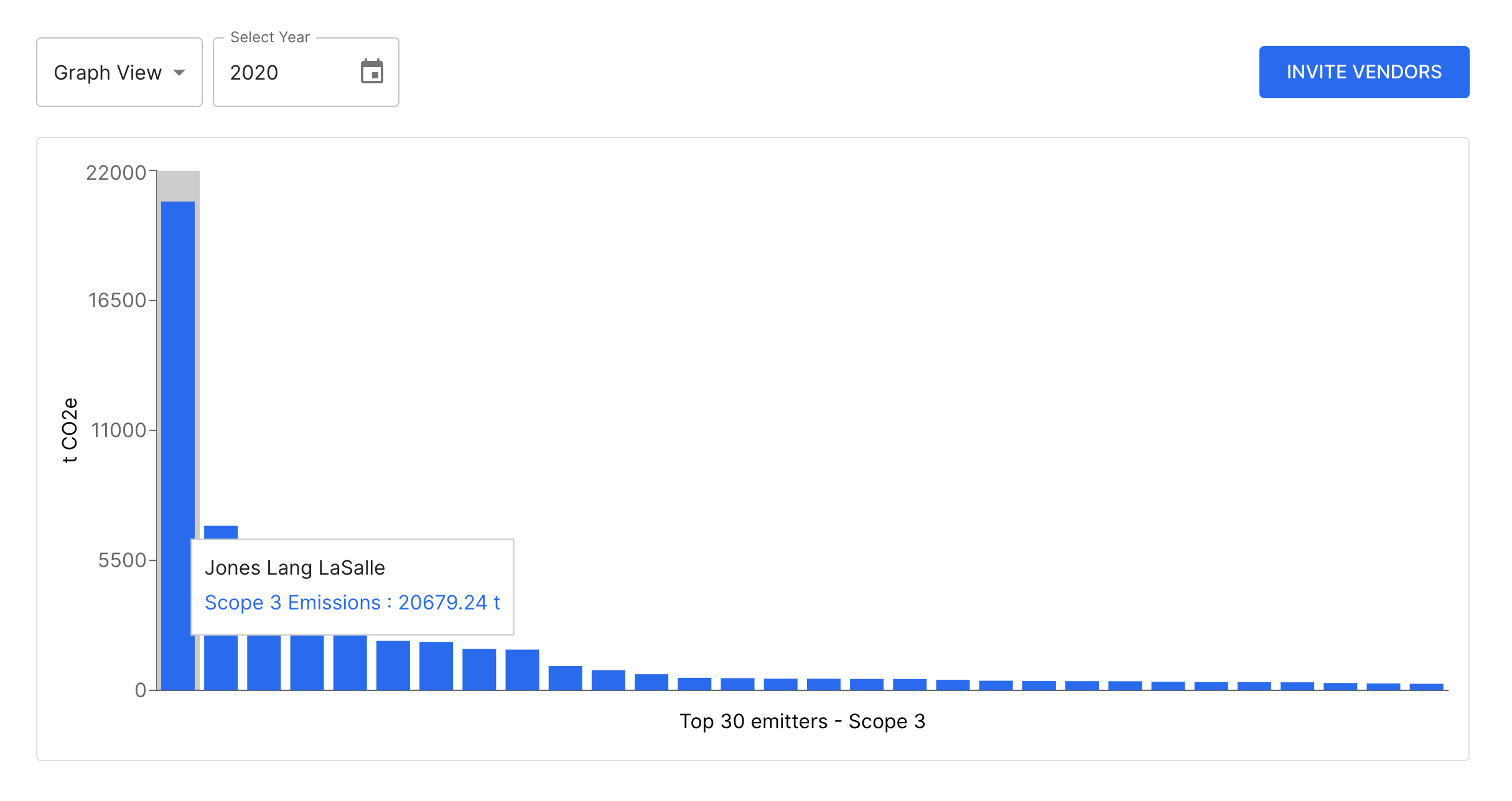
How Avarni can help
The Avarni solution has been engineered to streamline the current arduous process of estimating an organisation's carbon emissions through the utilisation of both artificial intelligence and natural language processing.
Our solution automates the calculation of estimated Scope 1-3 emissions through analysing activity data (procurement spend, utility bills, fuel receipts) and integrating into any existing software you have – ultimately reducing the vast majority of administrative burden & allowing you to focus on carbon reduction strategy, pinpointing where your emissions hotspots currently exist not only within your supply chain but your value chain as a whole. With reporting capabilities in line with TCFD, GRI and GHG Protocol standards.
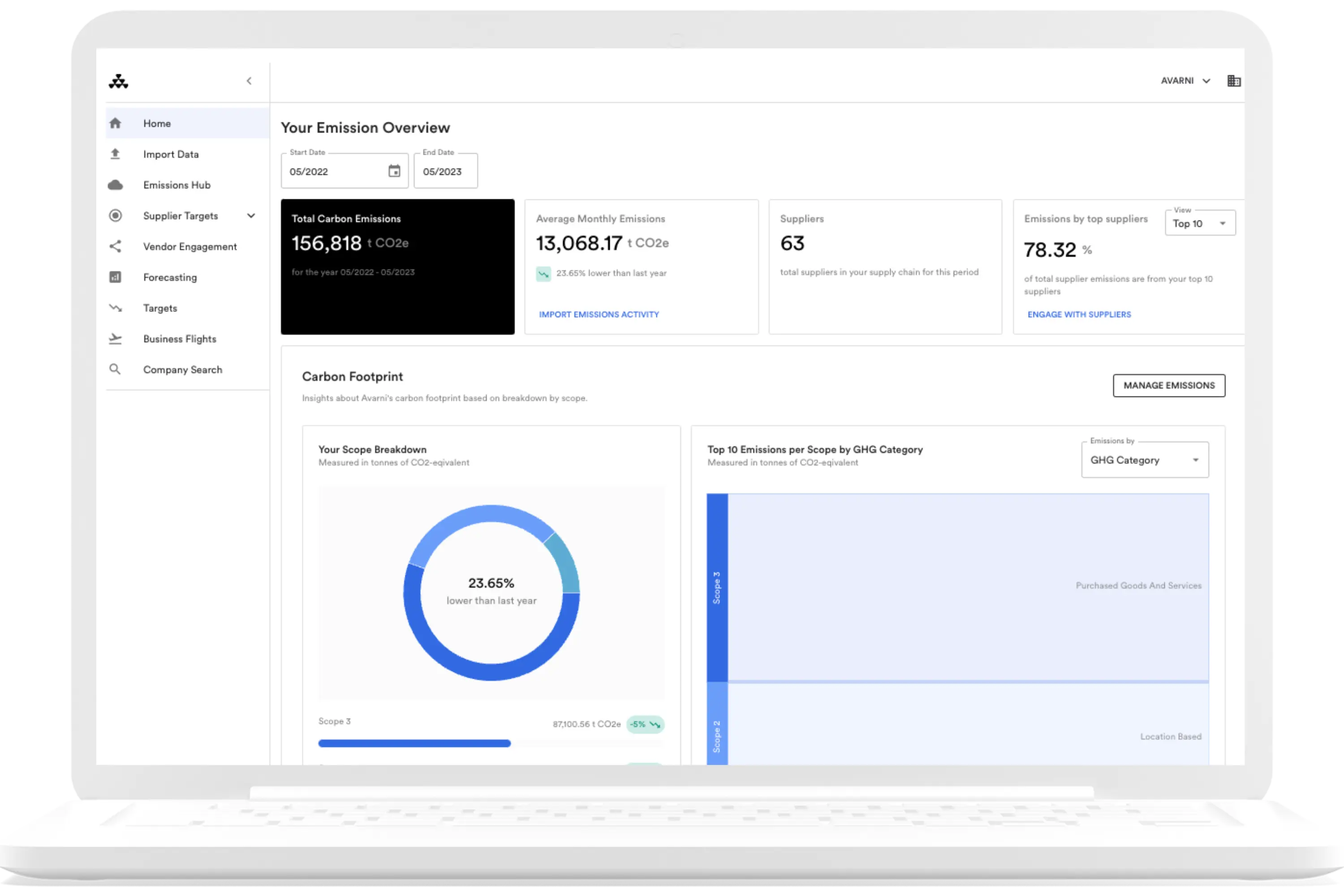
However, this is only the initial step to understand a ballpark figure of where your emissions lie. As over 80% of your organisations emissions derive from Scope 3, once you understand your emissions hotspots its vital to engage with those vendors and collect more data from them. The Avarni solution allows organisations to engage with their vendors and onboard them at no cost onto the Avarni platform as means to collate and create the most accurate estimation of your total emission footprint. Providing you full transparency and clarity of your total emissions.
Book an appointment to learn more about how Avarni could help your organisation with measuring your carbon footprint.



